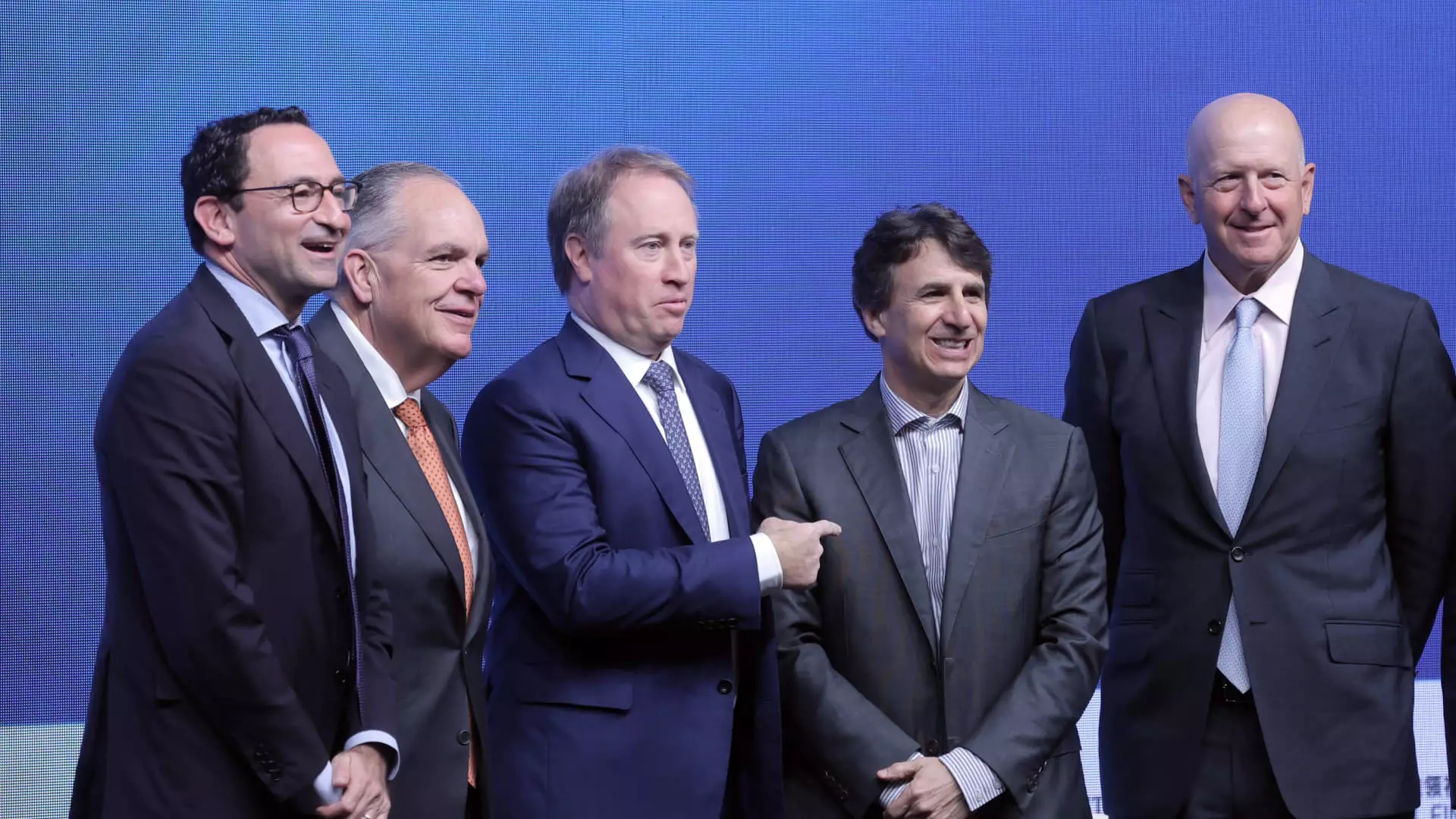The United States is experiencing an unprecedented surge in capital demand, which industry leaders are framing as a pivotal moment in the nation’s economic development. At the recent Global Financial Leaders’ Investment Summit in Hong Kong, Marc Rowan, CEO of Apollo Global Management, emphasized the extraordinary nature of this capital appetite, spurred by substantial government investment and a reimagining of industrial policies. This resurgence is not merely a fleeting trend; it signals a foundational shift in the economic landscape underpinned by strategic legislation and amplified by a robust demand for growth across multiple sectors.
Government spending has been robust, particularly earmarked for infrastructure, semiconductor advancements, and initiatives outlined in the Inflation Reduction Act. Such an influx of capital not only propels immediate economic activity but also reflects a long-term strategy aimed at reinforcing the U.S.’s competitive stance globally. Rowan’s insights point toward a dual narrative: while the government persists in running significant deficits, the opportunities for capital raising are expected to flourish, marking an era ripe for investment.
The U.S. has seen a substantial flow of foreign direct investment recently, a trend that both Rowan and other financial analysts expect to continue. Legislative efforts, notably the CHIPS and Science Act and the updated infrastructure legislation from 2021, create a fertile ground for multi-billion dollar expenditures. This influx of capital is not just a reflection of national policy—it’s indicative of global investor confidence in the American economic framework amid shifting geopolitical climates.
As the nation gears up for a potentially transformative period, certain sectors emerge as clear winners. Energy initiatives and data centers, integral to supporting the burgeoning fields of artificial intelligence and digital services, present considerable opportunities. The convergence of technology and infrastructure affords a new realm of investment possibilities that investors are eager to seize.
Jonathan Gray, President and COO of Blackstone, echoed Rowan’s assertions, highlighting data centers as a cornerstone of the company’s focus. His commitment to investing billions in digital infrastructure reflects an industry-wide recognition of its immense growth potential. The enthusiasm surrounding data centers underscores a larger trend—technology is not just enhancing productivity; it is shaping the investment landscape itself.
Moreover, the perspectives shared by other notable figures at the summit, including David Solomon, chairman and CEO of Goldman Sachs, reveal a pattern of recovery in capital raising activities. The immediate past saw a slowdown attributed to various macroeconomic factors, including war, inflation, and stringent regulations. However, as conditions stabilize, the momentum towards capital mobilization is evidently gaining traction. The anticipated regulatory shifts under the incoming administration promises a more favorable environment for mergers and acquisitions, igniting further investor optimism.
Despite the inflationary pressures and overarching geopolitical risks, a significant sentiment among financial executives is one of cautious optimism. Ted Pick, CEO of Morgan Stanley, remarked on the solid position of consumers and corporations, suggesting that the foundation for growth remains intact. As the economy continues its upward trajectory, market players are strategically positioning themselves for a wave of capital raising activities.
The hallmark of a healthy economy manifests in robust capital allocation—a phenomenon that intertwines with increased mergers and acquisitions. The expectations outlined by Solomon, regarding more vigorous activity in capital raising and M&A when 2025 rolls in, are grounded in the assertion that cyclical trends in the economy tend to favor sustained growth following periods of recovery.
The current industrial renaissance in the U.S. marks a significant juncture in the nation’s economic narrative. Fueled by governmental support and strategic investments, this burgeoning demand for capital presents opportunities that could shape the economic landscape for years to come. As leaders in finance and investment pivot towards addressing this demand, the convergence of policy, foreign interest, and technological innovation will undoubtedly continue to define America’s journey forward in an increasingly competitive global economy.

